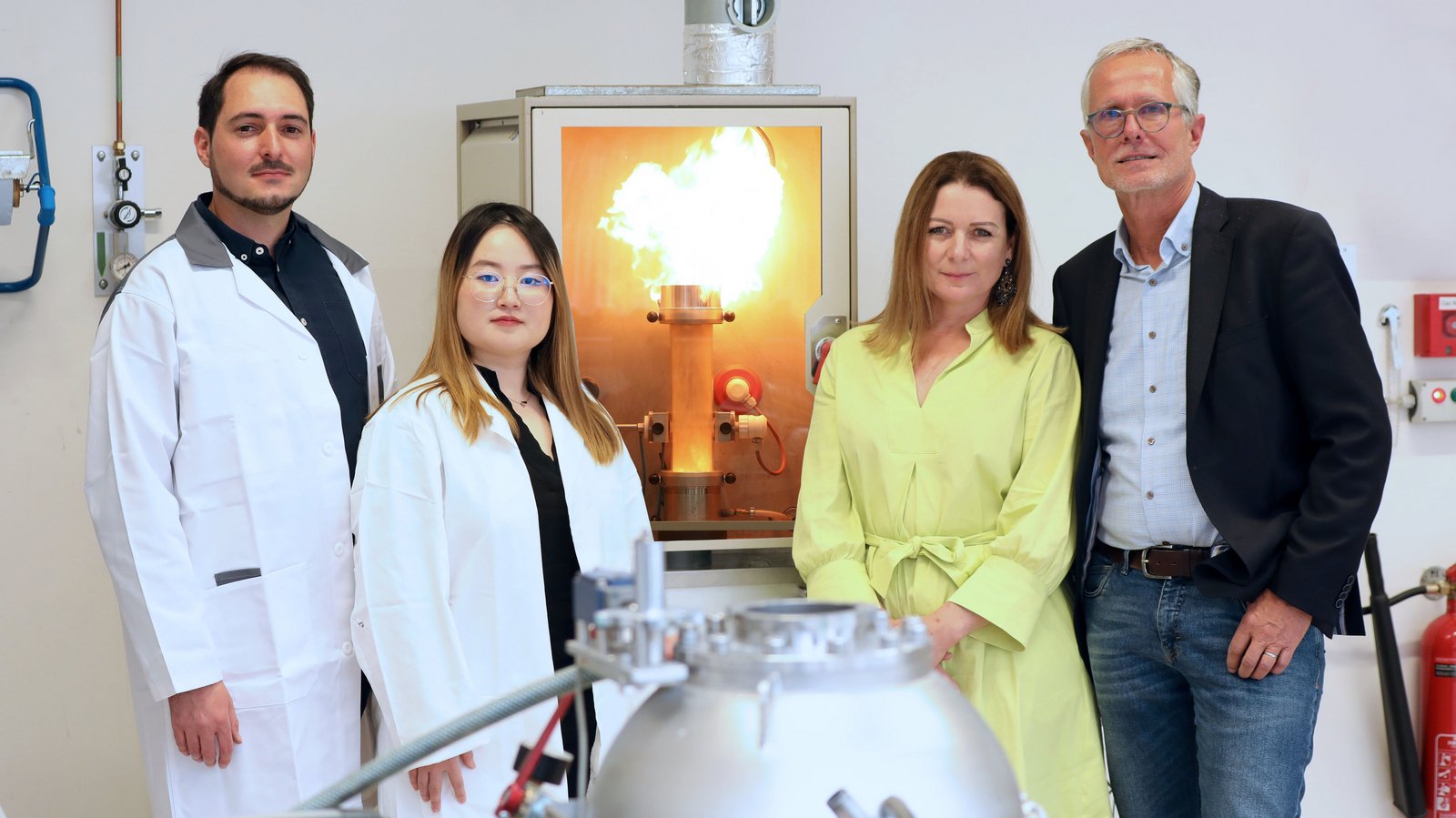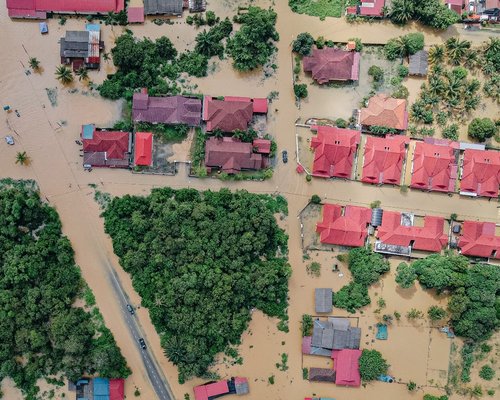
New Year's: Why do we love fireworks?
How do fireworks work?
Fireworks detonate through an exothermic redox reaction, where rapid fuel oxidation leads to a surge in pressure, culminating in the release of solids and gases that create vibrant patterns in the sky. The traditional gunpowder formulation involves three key reagents: potassium nitrate, carbon, and sulfur, initiating a combustion reaction resulting in a detonation explosion. This reaction produces solid potassium carbonate, solid potassium sulfate, nitrogen gas, and carbon dioxide gas from the three reagents. The explosive dispersal of these materials, in a super-heated state, incorporates different metal salts to generate colors. Metal salts within the fireworks stars, composed of powdered combinations of metal and other chemicals, absorb substantial energy upon ignition. As these metal particles cool down, they release the absorbed energy in the form of light, with the specific color determined by the type of metal present.
- Strontium: Red
- Calcium: Orange
- Sodium: Yellow
- Barium: Green
- Copper: Blue
- Strontium and Copper: Purple
- Magnesium, Aluminum and Titanium: White

Beautiful but dangerous
While fireworks produce beautiful effects, it is crucial to use them in strict accordance with the provided instructions and to ensure that they have been manufactured by a certified organization. The main danger from illegal fireworks comes from several factors:
Legal fireworks are subject to strict regulations and testing to ensure they meet safety standards. Illegal fireworks, on the other hand, often bypass these regulations. They may be poorly constructed or contain excessive amounts of explosive material, increasing the risk of malfunction and accidents. Illegal fireworks can spark fires due to their higher explosive power, unpredictable behavior, or landing in unintended areas.
The composition of illegal fireworks may involve hazardous chemicals that can cause harm to those nearby. Inhaling or coming into contact with these chemicals can result in health issues.
What influences our behaviour?
Perceptions, not facts, influence our behaviour! Risk perception can be diverse, depending on the risk context and the individual. A variety of concepts and mechanisms depending on the risk context and the individual explain people's perception of risk.
Context specific factors can be:
- Risk as a thrill (climbing, skydiving, shooting fireworks...),
- risk as an opportunity (lottery, Euromillions, ...),
- social context: e.g. cultural attitudes (it is a tradition in my culture to shoot fireworks), individual values (I reject this for environmental or economic reasons),
- role of perceived disaster potential (fear of flying, Fear of injury).
- Knowledge/understanding, social communication and cultural backgrounds lead to the formation of a certain perception.
What else influences our perception of risk?
- the feeling of having everything personally under control, voluntariness and familiarity can increase risk tolerance, i.e. the willingness to expose oneself to greater danger
- the perception of risk can therefore differ completely from the actual risk.
Ultimately, however, risk perception influences our behaviour. In the master's programme Saftey and Disaster Management at Montanuniversität Leoben, students learn sociological and socio-psychological perspectives on risk and disaster, group dynamics, risk perception or human behaviour in life-threatening situations. Check out all the information at www.sds-unileoben.at

